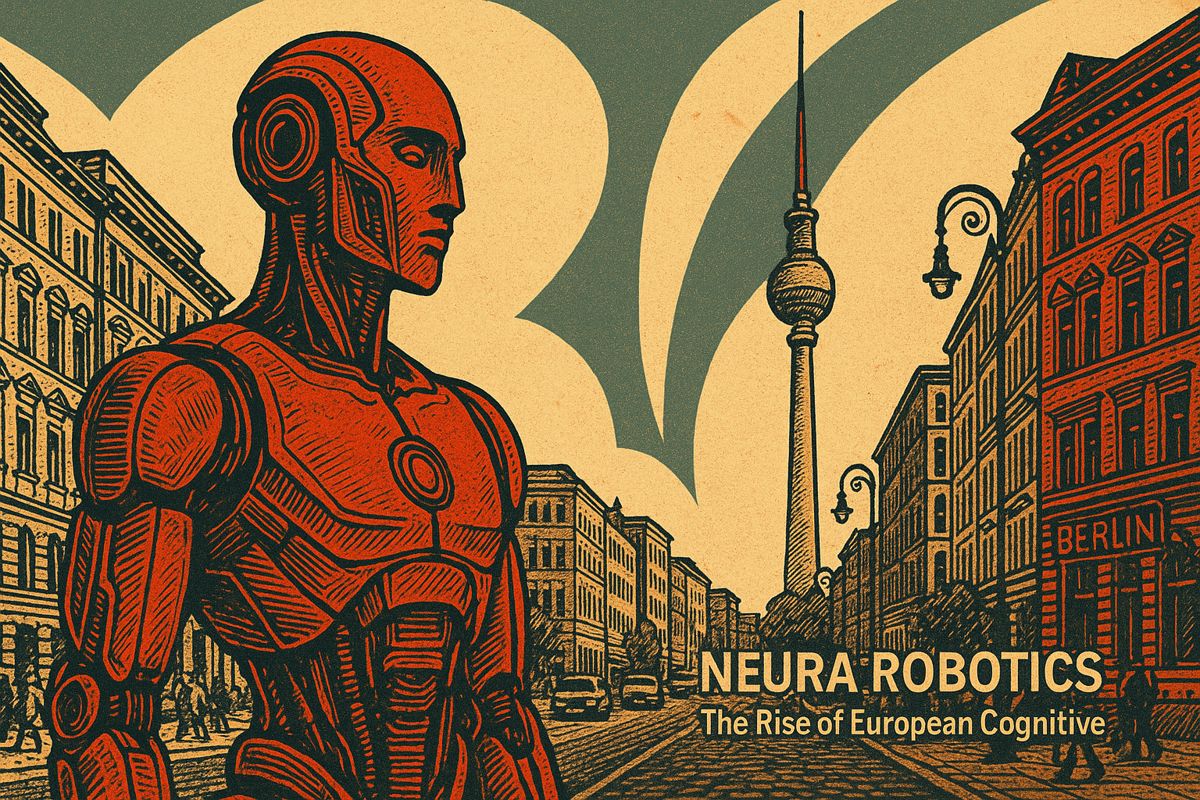AI startups raked in a record 64.3% of Q3 2025 VC deals, an unprecedented concentration of venture capital funding. This historic surge, driven by generative AI and large language models, has created a bifurcated market where capital flows freely to AI leaders while most other tech sectors face significantly tighter funding conditions.
AI Investment Hits Record 64.3% Share
In Q3 2025, the venture capital landscape became heavily skewed towards artificial intelligence, with AI companies securing 64.3% of all deals. This record-high allocation, fueled by generative AI’s potential, resulted in a bifurcated market, concentrating massive funding rounds on a few top players.
According to the NVCA Venture Monitor, VC firms deployed $80.9 billion across 3,175 deals this quarter. While total deal count decreased from Q2, the share directed to AI reached its highest point in the Monitor’s 18-year history. This funding is highly concentrated, with data from Crunchbase News showing that a third of all global VC funding went to just 18 companies, including massive rounds for Anthropic ($13B), xAI ($5.3B), and Mistral AI ($2B).
Mega-Rounds Drive Valuations as Deal Counts Fall
The intense focus on AI has dramatically shifted market dynamics. Median pre-money valuations for U.S. AI startups surged to $25 million, a two-thirds increase from 2024. Simultaneously, the overall deal count dropped to its lowest point since 2016, as investors prioritize writing larger checks for a select group of high-conviction bets.
Key drivers of this trend include:
* Enterprise Demand: Soaring adoption of generative AI in enterprise software and cloud services.
* Infrastructure Costs: The need for expensive compute infrastructure necessitates larger capital raises.
* Corporate VCs: A record 41% of corporate venture capital (CVC) deals in 2025 have involved AI.
* LP Pressure: Limited partners are pushing funds to gain exposure to high-growth AI markets.
Investment Shifts to Applied AI and Key Tech Hubs
Investor focus is pivoting from foundational model development to practical application. In Q3, $17.4 billion was invested in applied AI – startups integrating models into specific industry workflows – marking a 47% increase year-over-year. While hardware and biotech received the next largest shares of funding, both sectors trail AI significantly.
Geographically, the capital remains highly concentrated in the United States, which captured 85% of all AI funding this year. Key tech hubs like Silicon Valley, New York, and Miami attracted the largest deals, with Miami-based startups raising $754 million in Q3 alone, as reported by Refresh Miami.
Market Implications for Founders and VCs
The current climate presents challenges and opportunities. Founders outside the AI space are experiencing longer fundraising timelines and facing lower valuations. In contrast, AI-focused entrepreneurs are benefiting from an active secondary market, allowing for early liquidity.
For investors, the trend is toward specialized, sector-specific AI microfunds that offer deep technical expertise. Due diligence is also becoming more rigorous, with a greater focus on data sourcing and model safety. While U.S. venture fundraising ($45.7B through Q3) has not returned to its 2021 peak, it signals recovering market confidence. The outlook for Q4 2025 suggests continued selective investment in enterprise AI, rising valuations, and increased consolidation.
What share of venture deals did AI capture in Q3 2025?
AI and machine learning startups attracted 64.3% of all U.S. venture deals in the third quarter – the highest quarterly share on record, according to the Q3 2025 PitchBook-NVCA Venture Monitor.
That figure is well above the 2023 average of 32.3% and confirms that nearly two out of every three venture dollars now flow into AI-centric companies.
Why are investors concentrating on a handful of large language-model builders?
Capital is being funneled to a small group of foundation-model leaders because their compute-intensive roadmaps demand billion-dollar rounds.
The three largest global deals in Q3 2025 – Anthropic ($13B), xAI ($5.3B) and Mistral AI ($2B) – illustrate how mega-rounds now dominate the cap-table and crowd out smaller, non-AI rounds.
How has the funding surge changed deal size and valuation norms?
Median pre-money valuations for AI startups jumped to $25 million in 2025 from $15 million in 2024, while the median deal size has climbed to $9.5 million.
Over 30% of quarterly capital is deployed in individual rounds of $500 million or more, pushing the average round size to record levels even as total deal count falls to its lowest since 2016.
Is the AI funding boom crowding out other tech sectors?
Yes. The market is now bifurcated: AI attracts the bulk of capital and optimism, while most non-AI verticals face stagnation or declining investment.
Sectors such as fintech, e-commerce and consumer apps have seen double-digit drops in both volume and value as investors reallocate dry powder toward machine-learning bets.
What does the Q4 2025 road map look like for AI venture activity?
Analysts expect continued but more selective investment, with capital shifting from “model builders” to “model appliers” – startups that weave LLMs into industry-specific workflows.
Sector-specific micro-funds, tougher due-diligence on data provenance, and early signs of consolidation (larger AI firms buying smaller teams for talent and data) are set to define the closing quarter of 2025.



















